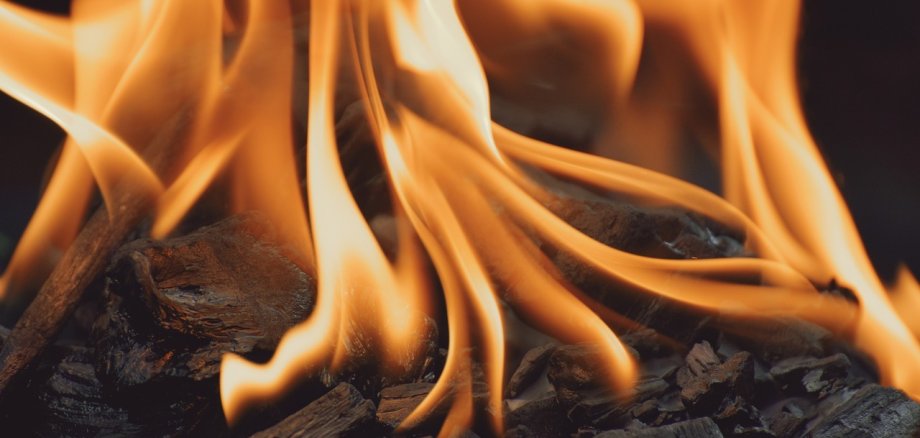The district informs: What to consider for Easter fires
The right distances, the right fuels, the right time: numerous Easter bonfires are planned again in Waldeck-Frankenberg at Easter. The district council provides information on what the organisers need to bear in mind in order to make the fires safe and not harm nature.
The district has a long tradition of celebrating the Easter holidays with many different customs. On many hills in the Waldeck-Frankenberg region, the popular Easter bonfires blaze as a visible sign. According to old beliefs, they are meant to drive away the winter and the cold and welcome spring and the light. The district council would like to point out that those responsible should, however, observe certain safety instructions in the interests of the general public.
Correct location, correct distances
The permissibility of Easter bonfires must always be agreed with the relevant towns and municipalities in advance. Firstly, it is important to choose the right location for the Easter bonfire - namely areas without vegetation. Habitats worthy of protection such as dry grassland, hedges and tree stands as well as roadside verges must not be impaired. Furthermore, a distance of 100 metres must be maintained from inhabited buildings, nature reserves and forests, 50 metres from roads and railway lines and 35 metres from other buildings, trees, hedges and field margins. If in doubt, you should seek expert advice from the local authority.
The right time, the right fuels
In addition, the fuel for the Easter bonfire must be brought in and piled up at the earliest one week before burning. If it is piled up earlier, the wood pile must be rearranged shortly before burning to prevent animals such as birds, hedgehogs or other small mammals that have settled there in the meantime from perishing in the flames. Only brushwood, branches and other untreated wood and straw may be used as fuel. Waste such as car tyres, fertiliser sacks and the like have no place in an Easter bonfire. Their use is an offence and can be punished.
Under no circumstances should flammable and toxic liquids such as petrol or other fire accelerants be used to light the bonfire, as these can sink into the ground and contaminate the soil and groundwater, in addition to posing a risk to human health. All unburnt remains of the Easter bonfire, such as ash and unburnt wood, must be disposed of completely and properly by the organisers, excluding any possible fire hazard.
Keep extinguishing water available
In view of the exceptionally dry months of February and March and the resulting increased risk of forest and vegetation fires, special care must be taken when setting up and burning Easter bonfires, explains First District Councillor Karl-Friedrich Frese. In particular, the organisers and the towns and municipalities are required to take the necessary measures to prevent the fires from spreading to the surrounding vegetation. In addition, water-carrying fire engines should be on site, or at least a sufficient supply of extinguishing water should be kept on site for initial defence measures. This could be agricultural water or slurry barrels, for example.
